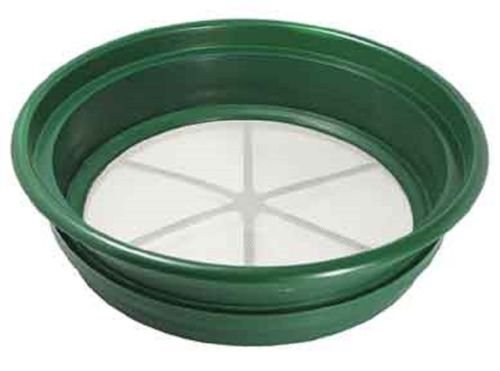
Classifying is a simple process that is often overlooked by gold prospectors. It is a relatively simple step, but it does take some extra work to do. Basically, you want to remove any larger waste material from the gravels that you intend to process for gold mining.
So you may wonder what the reason would be for this. The main reason that classifying is so important is because it allows your equipment to work at maximum efficiency. For one thing, the larger material is unlikely to be gold.
Of course there are exceptions such as an extremely large nugget or quartz specimen with gold, but for the most part any large material is going to be waste rock. Running these larger rocks through your equipment will not result in any more gold. To the contrary, running larger rocks through your sluice is likely to result in more gold being lost.
The reason for this loss is the fact that larger material running over the riffles of a sluice box will cause unwanted turbulence in your sluice box that will cause fine gold to dislodge from the riffles and be discharged out the back. This is especially true of the fine gold, which of course makes up the vast majority of gold that you will find.
Keep in mind that classifying is a critical step regardless of the type of mining equipment that you are using. The process of capturing gold works just the same whether you are using a simple sluice box or a large gold trommel. By removing the largest materials you will maximize efficiency of your process.
There are a few different ways to classify material, depending on the size of your operation. On a larger piece of equipment, a grizzly can be used at the point where gravel is fed into it, removing larger rocks right at the source. This is how most commercial sized mining equipment is set up. Many highbankers are also set up with a grizzly for classifying. If you are feeding a small sluice box manually, you can buy classifiers that are worked by hand.
They resemble a standard gold pan, can be shaken to let finer material to fall through, while the bigger material is captured and discarded. Generally the smaller material is captured in a 5 gallon bucket, and then fed directly into the sluice.
By classifying your gold bearing gravel, you increase the efficiency of how your mining equipment will operate. You will find that your fine gold retention will go up drastically if you classify your material before you run it.
Next: Do You Need Water to Find Gold?
